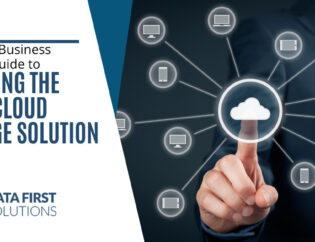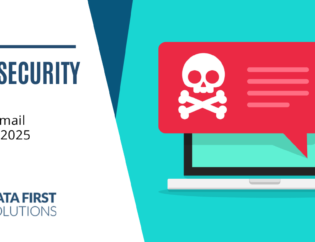
However, if companies don’t continually innovate and upgrade their technology infrastructure, they can end up falling behind their competition and being unable to keep up with customer expectations.
Companies that keep themselves technologically advanced gain several benefits over those that stick with older technology. Those benefits include earning 2x as much revenue per employee and experiencing year-over-year growth nearly 4x as high.
With the pandemic waning due to the vaccines, many companies are looking to hit the ground running in 2022 and make up for lost business. We suggest that you should use this time to start Agile and ensure your applications are really meeting your needs rather than you trying to adjust your business processes to fit your applications.
What is Agile?
The Agile approach was first created for software developers as a way to deliver software faster and more in line with customer expectations. It’s an iterative approach to project management that includes cycles of steps with checks and balances.
Agile has gone from being a tool of software development companies to an approach that all types of organizations use to master continuous change and improvements.
Adopting Agile can help your organization ease into application upgrades and ensure software is meeting your needs before diving in too deep with a single platform.
The word agile means to move quickly and easily and that’s what Agile is designed to help organizations do.
If you think of a normal technology infrastructure upgrade process from point A (research) to point Z (adoption) then you’ll be looking at a waterfall approach. What Agile does is take your project and break it up into short phases of work (a mini “A to Z”) with reassessment and adjustments happening between each phase.
Using Agile helps ensure your company is adopting tools that actually fit well with your business model and that are current and not outdated.
12 Principles of an Agile Approach
Agile has 12 core principles that guide organizations through continuous improvements without being overwhelmed by change. 1.
1. The Highest Priority is to Satisfy the Customer with Early and Continuous Delivery of Product
This principle is tied to the use of Agile for software development but can be adapted for any type of product or service. By dividing large product upgrades into smaller pieces, each piece can be delivered as soon as it’s finished, so the customer doesn’t need to wait for the entire project to be completed. This keeps them happy, and they get continuous delivery.
What this means when upgrading your technology infrastructure is that you can take it in small pieces, upgrading one area, then another, which keeps users getting continuous delivery of IT improvements.
2. Welcome Changing Requirements for a Project
Being agile and using the Agile approach means not becoming flustered when a change to a requirement comes up mid-stage during a project. If a new and better way to do something is identified, the team shifts gears and incorporates it.
3. Deliver Product Frequently
You’ll notice that some SaaS tools seem to push out upgrades every month or two. This is one of the principles of Agile. It’s designed to keep products continually improving.
You can do the same when upgrading your technology infrastructure. You don’t need to bite off a huge project all at once, instead, take it in small phases, delivering improvements to your team every month or two.
4. Businesspeople & Developers Need to Work Together Daily
Keep open lines of communication throughout your team. Especially those on the “back end” of an IT upgrade and those on the “front end,” aka users.
5. Build Projects Around Motivated Individuals
Anytime you want to get something done, you have to have a driving force behind it. Look for individuals that are motivated to help your company improve and become more efficient.
6. A Face-to-Face Conversation is the Most Effective Method of Conveying Information
Don’t rely too heavily on email and messaging during a project. Video calls or in-person meetings are often a better way to plan, train, and enable your team on a new application.
7. A Working Product is the Primary Measure of Success
When adopting and upgrading your applications, is the change working for your team and your company? This is ultimately the measure of success for technology adoption.
8. Agile Processes Promote Sustainable Development
Using Agile is designed to keep people from burning out because small continual advances are built into their everyday workflow.
9. Agility is Enhanced Through Continuous Attention to Excellence
This principle is one that most business owners would agree should be the norm. You want to focus on excellence always.
10. Keep Things Simple to Maximize the Benefit
Using Agile is about having less work, not more, to do to meet your technology objectives. Simplicity is key. Look for tools that are intuitive and have a low learning curve.
11. The Best Work Comes from Self-Organizing Teams
When teams are empowered to improve their own departments and workflows, you often get better results.
12. Regularly Reflect on How to Be More Effective
Even when everything is going great, take time to reflect on ways to be more efficient and better optimized.
Get Help Using Agile to Improve Your Technology Infrastructure
Data First Solutions can help your Toronto area business adopt a continuous method of improvement that doesn’t overwhelm and instead keeps your business growing.
Contact us today to book a free assessment. Call 416-412-0576 or book your assessment online.









